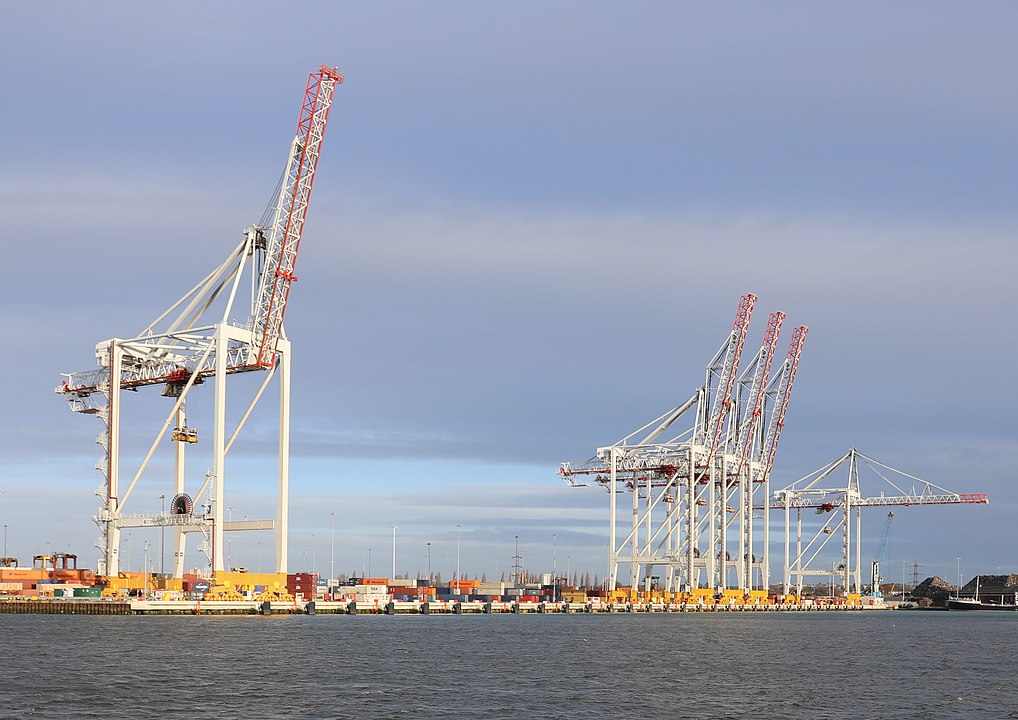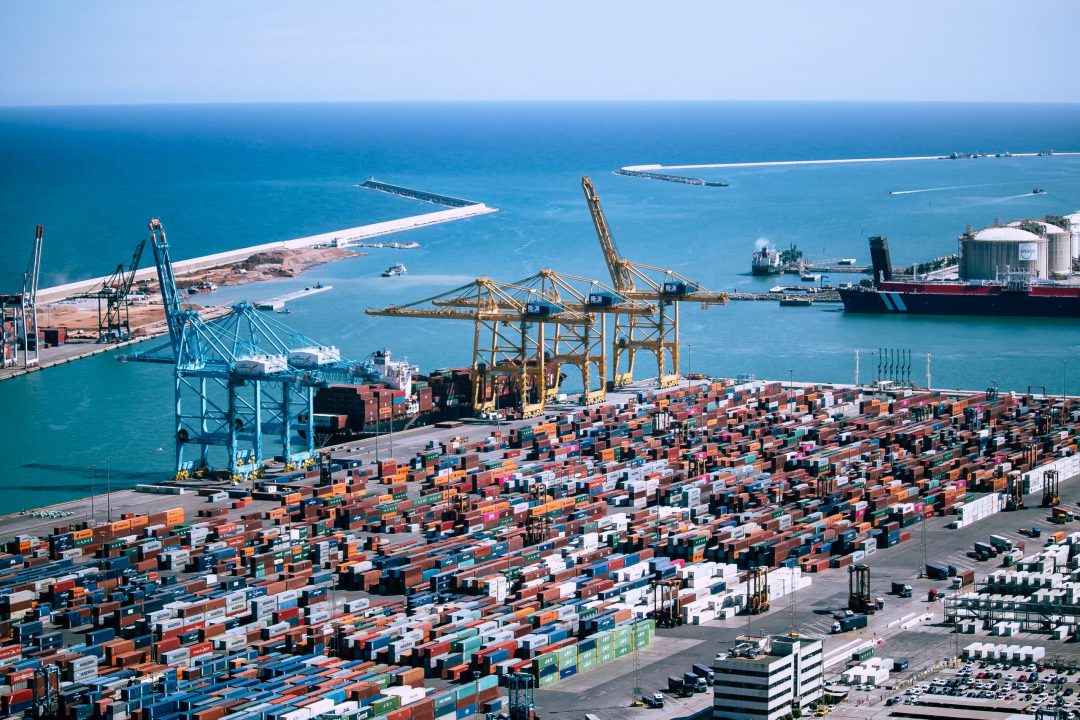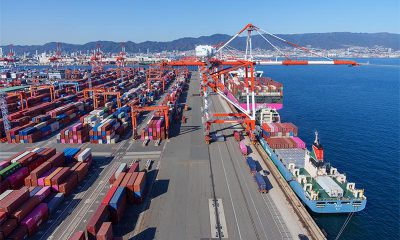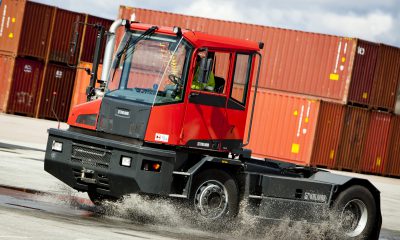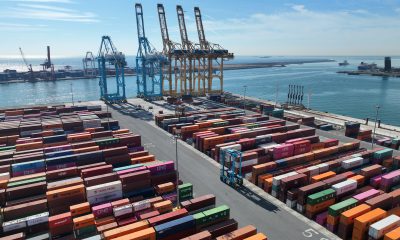Port of Newcastle has unveiled, during a visit by Minister for Climate Change and Energy, Chris Bowen, that 30 supporting partnerships will underpin its advancement towards the enablement of a world-class clean energy economy in the Hunter Region.
The partnerships, which include domestic and multi-national organisations, complement the backing of the Commonwealth Government, with the Port securing a $100-million funding grant in the 2022 Federal Budget for the Clean Energy Precinct.
Port of Newcastle CEO Craig Carmody said the once in a generation project is one of two key developments in the Port’s 2030 diversification strategy.
“Our dedicated 220-hectare Clean Energy Precinct offers the perfect platform for large scale clean energy production. It will be supported by common user, open access, shared infrastructure across clean energy storage, transport and export facilities servicing production from the Precinct itself and from right across the Hunter Region” Mr Carmody said.
“We are standing at the forefront of the development of a new industry. Partnerships, both local and international, which bring together infrastructure, investment, knowledge, skills and resources, will be critical in the establishment and scale-up of a domestic clean energy economy and export trade pathway at Port of Newcastle.
“Creating a place for local, Australian and international commercial expertise and research knowledge to work collaboratively, ensures Newcastle and the Hunter remains Australia’s energy powerhouse,” he said.
Port of Newcastle’s Board Chair, Prof Roy Green, said the Port was advancing the Hunter region, the state and Australia’s global ambitions to be a leader in clean energy.
“For several years, Port of Newcastle has pursued a strategic direction outlined in our diversification strategy to deliver a clean energy industry. With today’s announcement providing a clear path forward as to how these plans become a reality through the strength of our domestic and international partnerships,” Prof Green said.
“The Clean Energy Precinct not only supports Commonwealth and state government clean energy targets, it forms part of a domestic and global collective, all pursuing a common goal of producing and transporting sustainable energy,” he said.
As the Commonwealth Government priority hydrogen hub in NSW, to date, Port of Newcastle has signed 15 Memoranda of Understanding (MOU) agreements to support the development, storage and export pathway enablement of a clean energy economy at Port of Newcastle.
“These formal MOU agreements are also strengthened by the backing of 15 other critical organisations for the Clean Energy Precinct project via Letter of Support or a Letter of Intent for future collaboration,” Port CEO Craig Carmody said.
“Collectively, these relationships represent key industry support across clean energy production, mobility, export and bunkering, energy generation, transport, infrastructure, offtake, agriculture, education, innovation, research and development.
“This kind of collaboration allows for connections to be forged from the outset between the State’s renewable energy projects, clean energy production projects and the Port’s biggest assets, its deepwater channel and existing global partnerships,” he said.
Memoranda of Understanding agreements have been formalised with:
coNEXA, EnergyCo, Energy Estate, Eurus Energy, Fortescue Future Industries, Hunter Hydrogen Network, KEPCO (Korea), Lake Macquarie City Council, Lumea (Transgrid), Mitsubishi Heavy Industries (Japan), MOL Group (Japan), Orica, Origin, Platform Zero (Rotterdam) and University of Newcastle.
Among those to also pledge their support formally for the Port’s Clean Energy Precinct plans are:
AGL, Ampcontrol, Aurizon, bp Australia, Business Hunter, Hunter iF, Hyundai Australia, Infrabuild , Jemena, Keolis Downer, Linde Engineering, NewH2, Newcastle City Council, Snowy Hydro and Westrac.
Project Lead and the Port’s Chief Commercial Officer, Simon Byrnes, said the Clean Energy Precinct MOUs spanned collaboration on the development of inland and offshore wind projects, electricity transmission and water supply, clean energy production, clean energy storage, distribution and export facilities, export and bunkering, skills and training pathways, advanced manufacturing and innovation hubs.
“By collaborating with all levels of government, with industry partners and education providers, we are working to deliver a shared ambition to accelerate innovation, foster technological advancement, generating jobs and educational pathways for this new industry at scale,” Mr Byrnes said.
“Our vision is a thriving Hunter community which is viewed as the best place to work in the clean energy industry, both in Australia and across the world.
“Port of Newcastle is working to create connections between infrastructure, markets and people. The Port has secured letters of intent from each of the entities that have the potential to be significant clean energy offtakers in the Hunter Region, along with existing export customers in key markets across Asia, such as Japan and Korea, to understand their needs and potential opportunities.
“Our existing supply chain is one of the most efficient in the world and we are seeking to leverage that expertise to generate economies of scale and scope,” he said.
The Port released Stage 1 renders of its Clean Energy Precinct vision in May.
“Port of Newcastle has a long history in energy export and is diversifying further to drive the clean energy trade flows of the future. We are harnessing the Hunter region’s capability and critical energy assets to deliver Australia’s decarbonisation objectives whilst creating new, and additional trade opportunities, jobs and economic growth for clean energy export at scale in Australia and locally,” Port CEO Craig Carmody said.
“There is a long way to go to make this project a reality, but we are committed to diversifying to support jobs growth and economic security for generations of locals and Port workers to come. We look forward to working closely with industry and the community to bring a clean energy economy to life in sustainable and safe way that secures the prosperity of Newcastle and the Region for decades to come,” he said.
